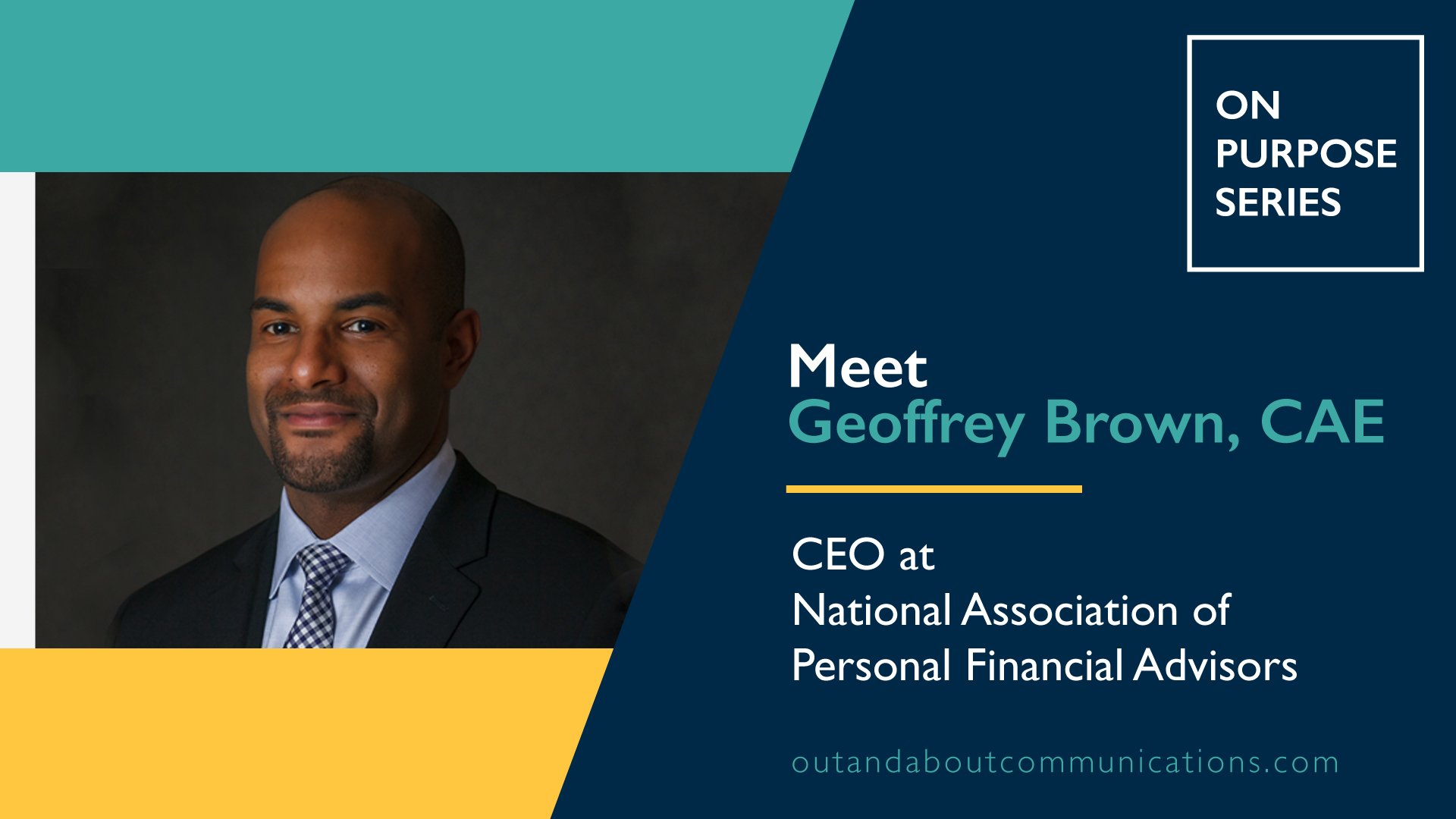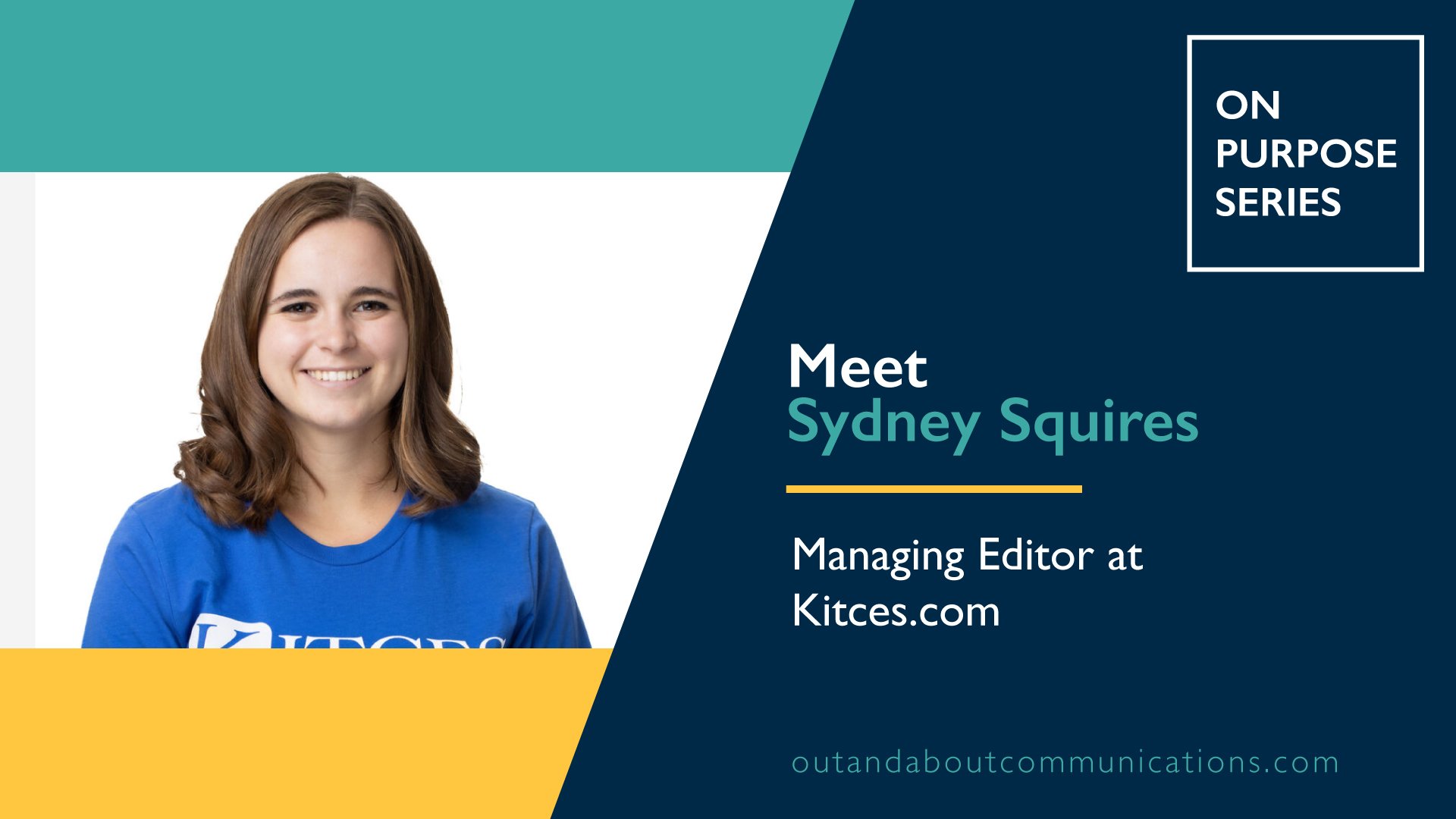
It’s the world’s biggest melting pot. And it’s still growing. Almost 3.5 billion people are on social media now, and an additional million new people create profiles each day. How do financial planners and wealth managers navigate compliance in a social media-dominated world?
Social media marketing can bring your firm great value. When you work in a highly regulated industry, however, you may be concerned that the risks of using social media outweigh the benefits.
Is it worthwhile to have your team members post on social media? We’ve gathered some ideas on how you can encourage your team participate and connect, while at the same time mitigating compliance risk.
1. Help them see the value in building your social media presence.
Offering marketing guidance for your non-marketing team members can be a very positive thing. It can help your team members successfully shape their public profiles and tailor the content they’re sharing to specific potential clients or client personas.
And, it can help to drive business. For example, 60 percent of financial advisors using LinkedIn for prospecting have successfully gained new clients, some are attracting clients with multiple millions of assets under management through the platform.
If you’re able to show your team members how strategic social media connectivity can impact them personally and help them close more deals, they’re more likely to agree to post, and to serve as an advocate promoting your continuing success.
For example, if you have advisors who are working to build relationships with executives in the technology industry, your marketing team can develop blog posts or curate content to address industry- or career-specific issues, then allow the advisors to share it. When they triumphantly seal deals, they’ll remember the marketing resources and social media connections that helped them achieve success, and they’ll go from being neutral or detractors to being excited advocates of your strategy.
2. Ensure company representatives publicly posting messages are cleared to share content, and provide oversight for the content they create.
Form ADV includes an option to list social media platforms that will be used on behalf of your firm, as well as the details of the social media channels that will be used. For example, business pages managed by your firm would be included on the form. If you intend to have team members share firm-related information via their personal accounts, the ADV must also reflect that additional profiles will be sharing your content in a professional capacity.
Provide oversight for team members serving as company spokespeople, even once they are cleared to post via inclusion on your ADV. Content for their social media accounts should be reviewed by your compliance team prior to posting, so you can ensure they are following the guidelines outlined in your ADV.
3. Understand what platforms might work for your industry.
Your social media strategy shouldn’t including flinging as many posts at your audience as possible. Instead, take a look at the demographics of your team and the clients you’re trying to reach, and choose your platforms accordingly.
LinkedIn is viewed by most businesspeople as a great vehicle to connect and network; it’s a place where people expect to receive business and financial information. LinkedIn values interactions and posts from people over posts from company or “official” pages, so encouraging your team members to post or share information on this network boosts your brand’s visibility as well as their individual credibility.
Your more tech-savvy advisors may be interested in experimenting with other platforms. If they’re working to position themselves as trusted experts in their fields, they may want more virtual face time with their clients and have an interest in creating videos on YouTube, Facebook Live or IGTV.
For example, live videos rank higher on engagement, which may make them particularly attractive to advisors seeking to build an audience; ensure you’re following compliance regulations and the platform is cleared for posting before beginning to create content or film live segments.
In addition, you may want to consider data retention policies for your industry; you may have specific guidelines on the format of content you’re allowed to post or on what you may be required to save in your files to demonstrate compliance (such as PDF documents showing published versions of articles). And, if you’re required to keep documentation of customer feedback or your responses to online questions/feedback, you may need to invest in a tracking or monitoring system to cover each platform you’re using.
4. Share case studies of successful, compliant social media interactions.
The most important thing you can do to build an atmosphere of social media compliance in a heavily regulated industry is to lay out guidelines in black and white. Make sure your ADV is updated with clearly defined guidelines on who can post, where they can post and what type of content they can post.
If you’re building the content yourself, follow the guidelines to the letter. If you’re having team members create content then pass it through compliance for approval, it can be helpful to provide them with examples of compliant content.
Supplement the rules and guidelines with real-life examples that drive home the points you want to make. For example, with each rule or guideline you offer, provide examples of posts your company has created in the past that would be compliant or examples that seem appropriate but don’t fit your specific ADV guidelines.
When you see an appropriate interaction, with the proper disclosures and required text/image/logo sizes, they’ll gain a firmer grasp of what might fit your business’s specific guidelines. From there, they can more thoughtfully create content and cut down on the number of rounds of compliance review and edits to be able to get information posted.
5. Make it easy for your team to get involved with your social media platforms.
Becoming comfortable with using social media for business can be intimidating for many people, especially if they’re not comfortable with the platforms. If they’re working in a highly regulated industry and are aware of the potential for issues or the additional work required to ensure compliance, it can be even more difficult to encourage them to engage.
To mitigate this, you can provide a number of different resources along with your expectations for posting. For example, depending on the guidelines in your ADV, you may be able to give your team members the option to:
- Share content directly from your company’s official page
- Use a collection of pre-curated posts you or your team have developed. Try to give them this content to review a few days in advance. If you provide it too far in advance, the content may not remain relevant; if it’s too short of a turnaround, you may get additional pushback regarding posting.
- Provide disclosures. If you can create lists of disclosures and trigger terms, your team members can have the option to begin creating interesting content on their own. Then, you can have your compliance professionals review it to ensure you’re covered before any of the content is posted. In this way, your advisors can begin to develop content and understand the process, but you’ll still have oversight to make sure you’re staying within the regulatory bounds.
Navigating compliance concerns can be challenging, especially in a fast-evolving area like social media. However, if you’re debating whether it’s worth it, remember: just because you’re not there, doesn’t mean the conversations stop happening. Your existing and potential clients are most likely on social media, and if you’re not actively connecting, you’re missing out on an opportunity to provide value, build relationships, and grow trust.
If you’re ready to dive into social media, but need some support, our Out & About Communications team is ready to help. Our experienced digital marketing professionals are well-versed in both social media trends and regulatory compliance. Take a look at our portfolio of clients we support, and contact us if you have questions about social media or want to discuss mastering your compliance concerns together.






